Frogmen Make Historic Cameo
Old 66, piloted by Commander Don Jones, dropped a location marker close to the bobbing Columbia. UDT-11, led by Lieutenant Clancy Hatleberg, arrived on another HS-4 rotorcraft. Hatleberg and two other swimmers jumped into the ocean along with a couple of life rafts and the floatation collar for Columbia. Another HS-4 rotorcraft delivered the biological isolation suits the astronauts would wear. After he donned his own isolation suit, LT Hatleberg quickly opened up the hatch and delivered three suits to the astronauts before closing the hatch again. Because space germs! Anyway, once the astronauts had made their way into their suits (and masks) they exited the command module and went aboard an orange life raft lashed to the Columbia.
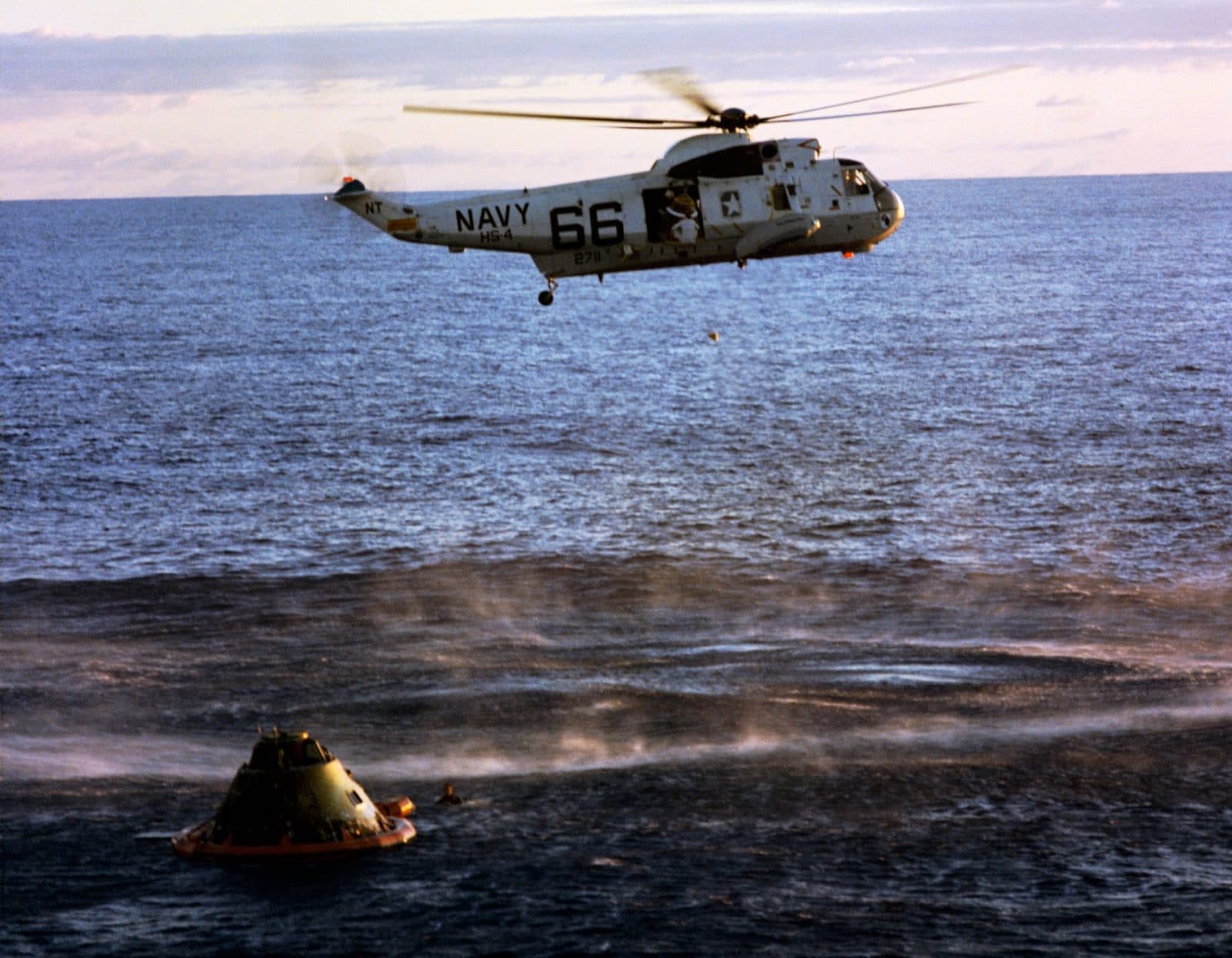
Documenting the Most Momentous Event
BuNo 152711 had been delivered to the Navy in 1967 and had participated in the recoveries of two other Apollo missions: Apollo 8 and Apollo 10. The rotorcraft had been reconfigured for the recovery. This required the removal of the AN/AQS-13 dipping sonar equipment normally found inside the hull of the helo and replacing it with the Search Rescue and Homing (SARAH) homing beacon localizer- a system designed to find lost space capsules floating on the vast Pacific. Helo #66 also had several cameras installed on her starboard side.
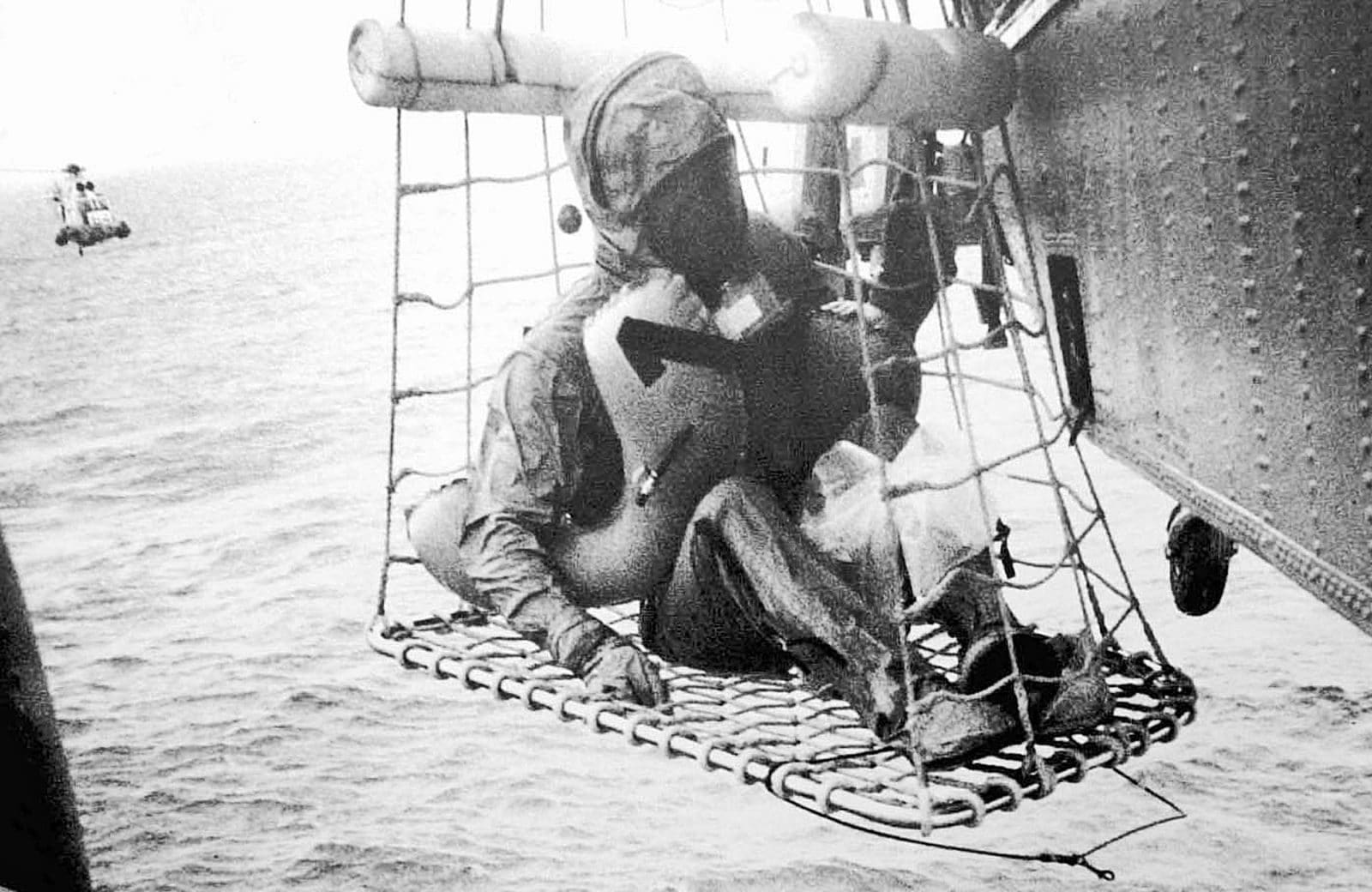
Record Recovery
Old 66 moved in and hovered while the crew hoisted the three astronauts into the rotorcraft without incident. The Apollo 11 astronauts landed on the Hornet 37 minutes after Columbia’s hatch had first been opened. After landing on the Hornet the helo was towed to the deck edge elevator and lowered to the hangar deck where the Mobile Quarantine Facility (MQF) awaited their arrival. From there you know the rest of the Apollo 11 story. The story of Old 66 continued…
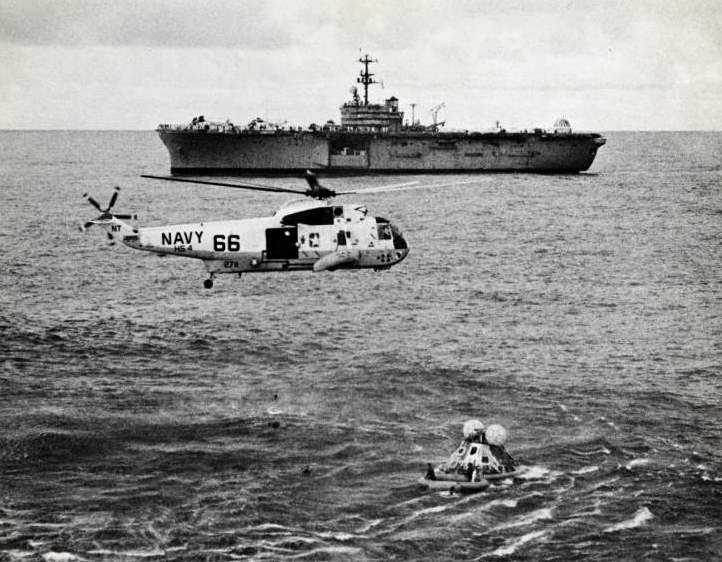
Recovery Ace Goes Back to Work
BuNo 152711 wore different side numbers from time to time, but for the two additional Apollo recovery missions she always wore the side number 66. Before too long Old 66 had five Apollo command modules stenciled on her hull- Apollos 8, 10, 11, 12, and 13. A recovery ace. After starring on film and TV the world over not once but five times, Old 66 went back to work with HS-4. No matter where the rotorcraft was assigned, whether as side number 401 on the USS Ticonderoga (CV-14) or as side number 740 aboard the USS Kitty Hawk (CVA-63), those five stenciled Apollo mission markings remained intact.
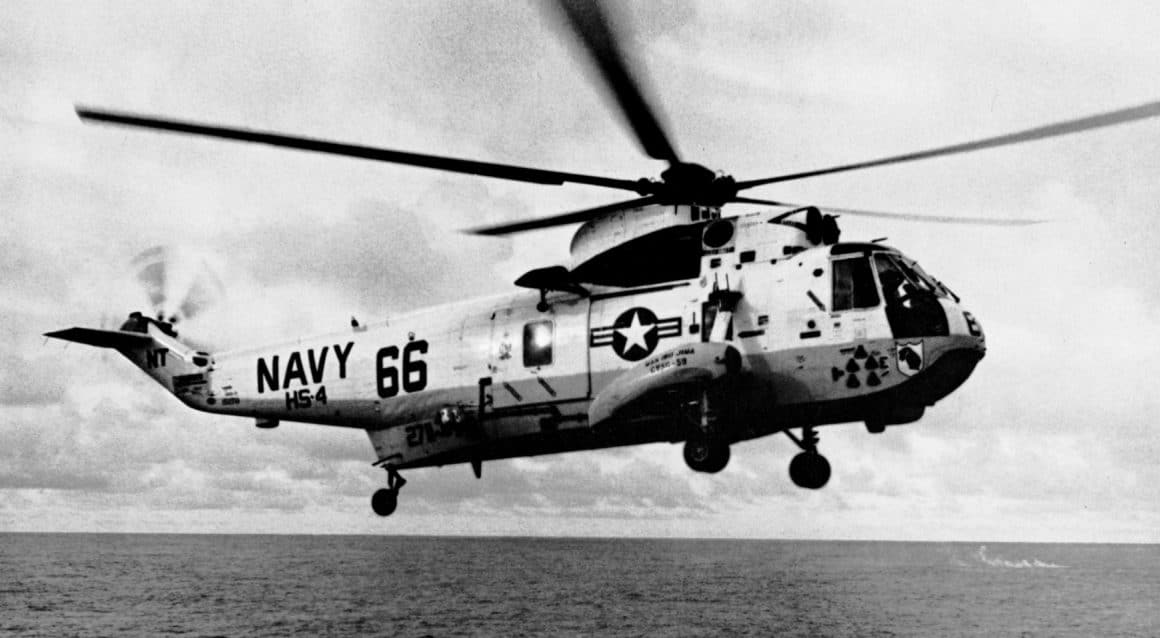
Untimely End for a Famous Helo
Unfortunately, the most recognizable Sea King helo in the world was lost off the coast of Southern California on 4 June 1975 while flying a dipping sonar practice mission. Old 66 lies about 800 fathoms down today. But Old 66’s legacy remains. Several other Sea King helicopters, some actual former recovery rotorcraft themselves, wear the famous side number 66 markings- one of them aboard the museum ship Hornet at Alameda and another aboard the Midway in San Diego.
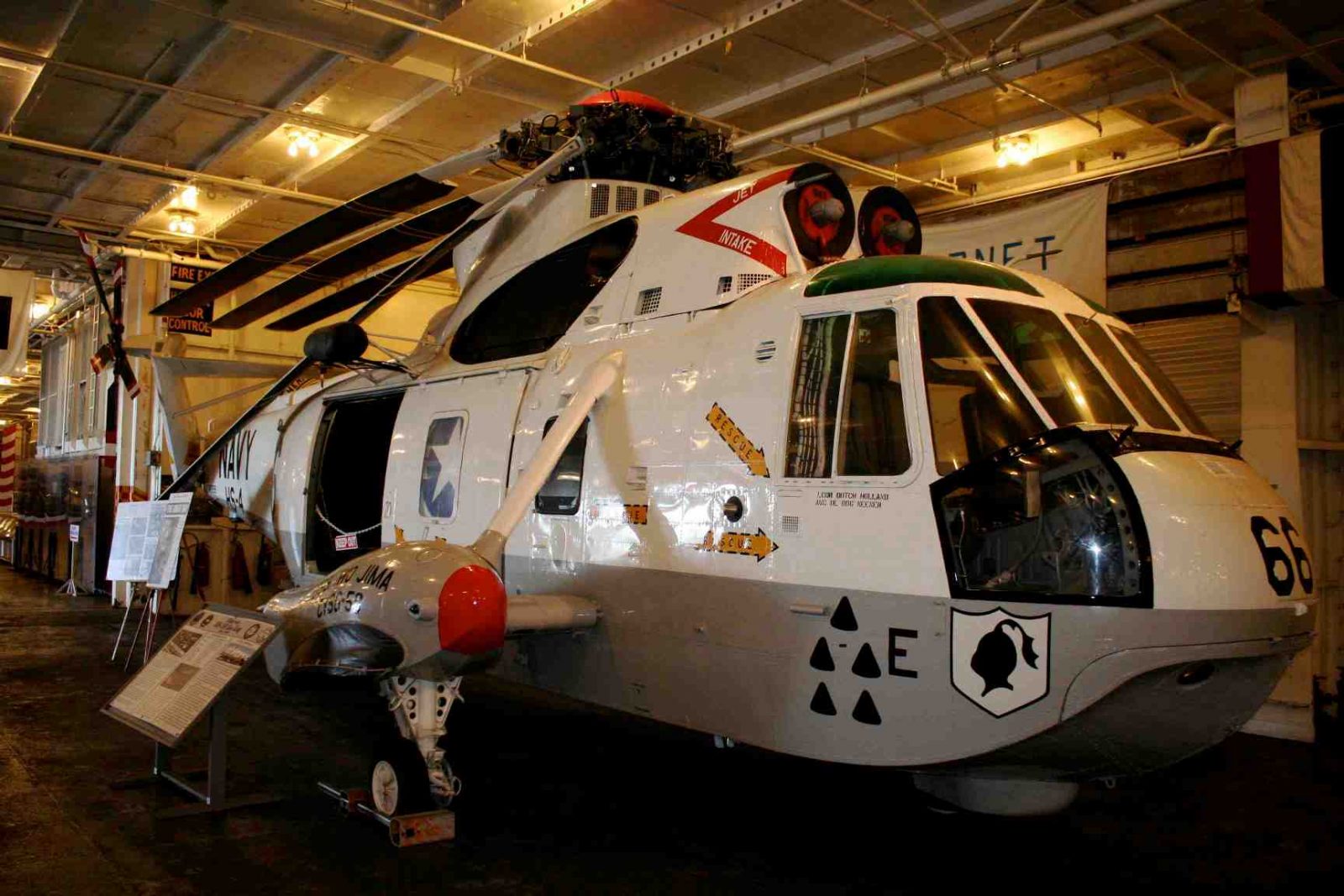
And Now to the Video
Enjoy this footage from the Hornet of the Apollo 11 recovery…including shots of Old 66 uploaded to YouTube by orbitcreativefilm.
[youtube id=”0hX7AN3e1R4″ width=”800″ height=”454″ position=”left”]
